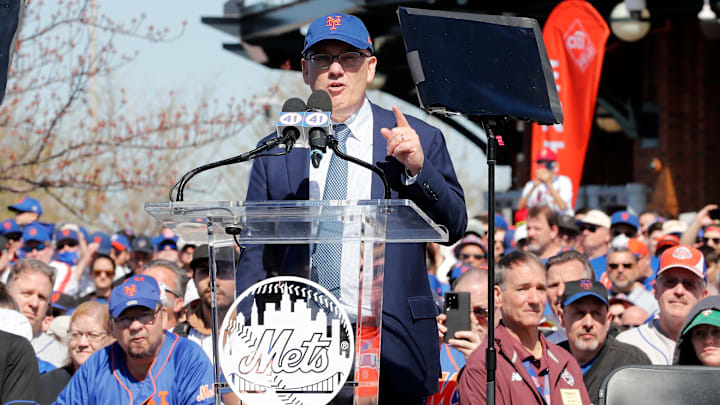5. Relying on an older roster in 2023
The Mets have built and doubled down on older rosters in years past. In 2009, the team relied on aging veterans like Carlos Delgado, Luis Castillo, Gary Sheffield, and Livan Hernandez. This team would lose 92 games. The 2017 opening-day lineup only had one player under 30 years old in Travis d’Arnaud. This team would also lose 92 games. While these are two different regimes under Omar Minaya and Sandy Alderson, the Mets still made the same mistake under Eppler in 2023.
Although the Mets fielded an older roster in 2022, it was obvious this team would not last long and needed to be supplemented with youth. Unlike 2017 where the team’s youth was in the starting rotation, the 2023 Mets were older both on the pitching and offensive end. This would prove costly as the only position player to avoid the injured list was Francisco Lindor. Relying on a few aging veterans like Colon and Granderson in 2015 is one thing, but an entire roster has not proven to work.
4. Waiting too long in 2022 to promote Alvarez, Baty, and Vientos
The 2022 Mets were missing a few key pieces by midseason. The team needed a left-handed relief pitcher, more offense from the catchers, and for deGrom to pitch. However, the most enormous determinant was the designated hitter position. With the hesitancy on behalf of Eppler to part with any top prospects at the trade deadline, fans and media alike looked to the Syracuse Mets for internal options.
In AAA, the Mets had all 3 of Francisco Alvarez, Brett Baty, and Mark Vientos raking at the plate. At the major league level, the Mets had no set DH, very little production from Tomas Nido, and a struggling Eduardo Escobar. While Eppler did eventually promote Baty and Vientos in late August, there was no excuse for not turning to them earlier. Furthermore, Eppler’s decision to promote Alvarez in a division-deciding series against the Atlanta Braves in late September made even less sense. In hindsight, the Mets should have promoted them right after their mediocre trade deadline to get a proper evaluation.
IT'S TIME.
— MLB Pipeline (@MLBPipeline) September 30, 2022
The Mets are calling up MLB's No. 1 overall prospect Francisco Álvarez on Friday for what would be his big league debut, per @Joelsherman1.
More on the backstop with 70-grade power: https://t.co/78qlICv6Xo pic.twitter.com/Jfe0ENA5Dx
